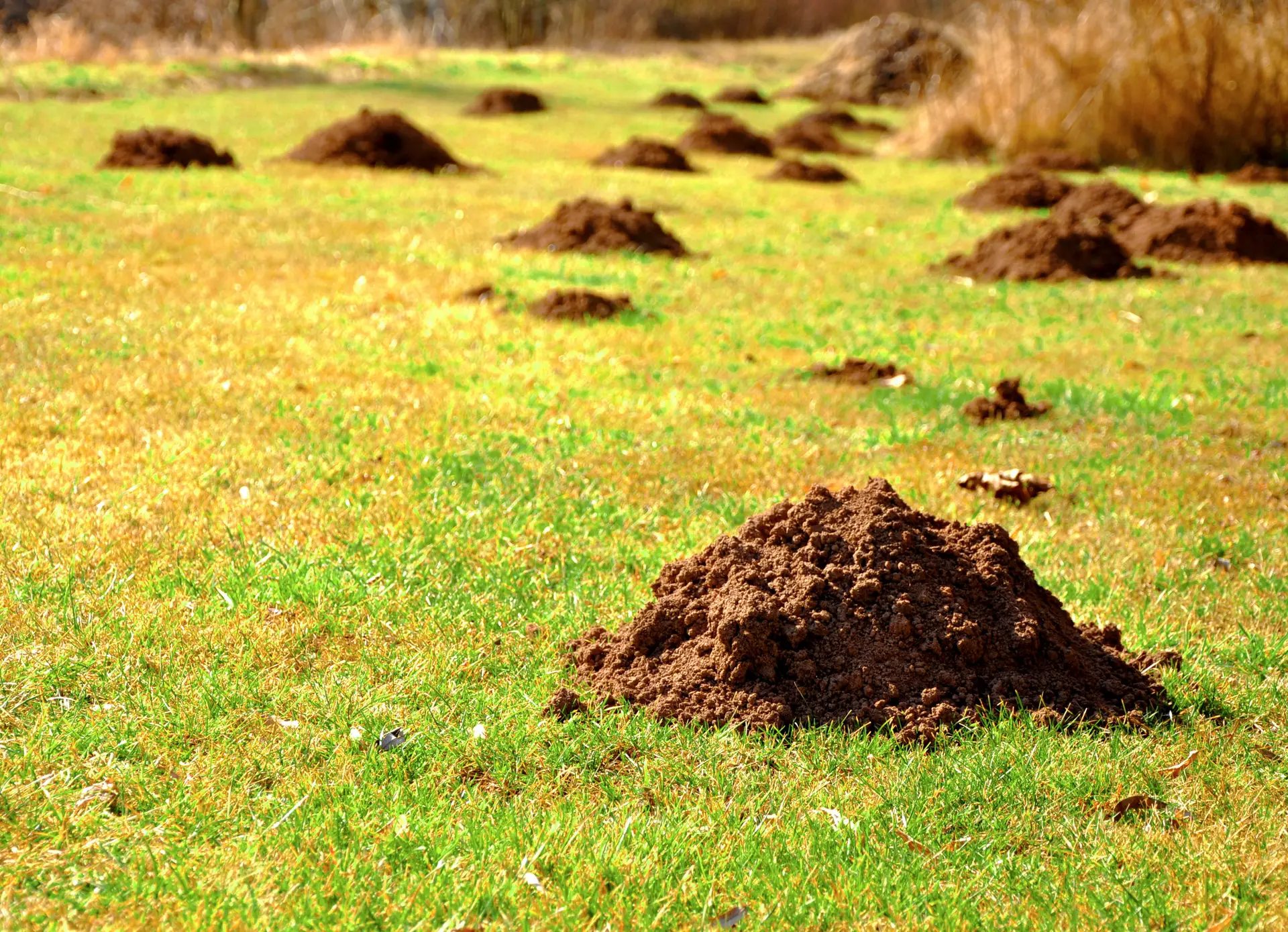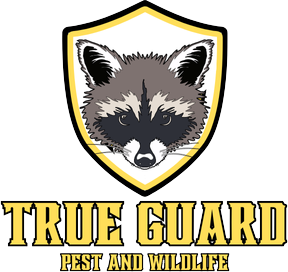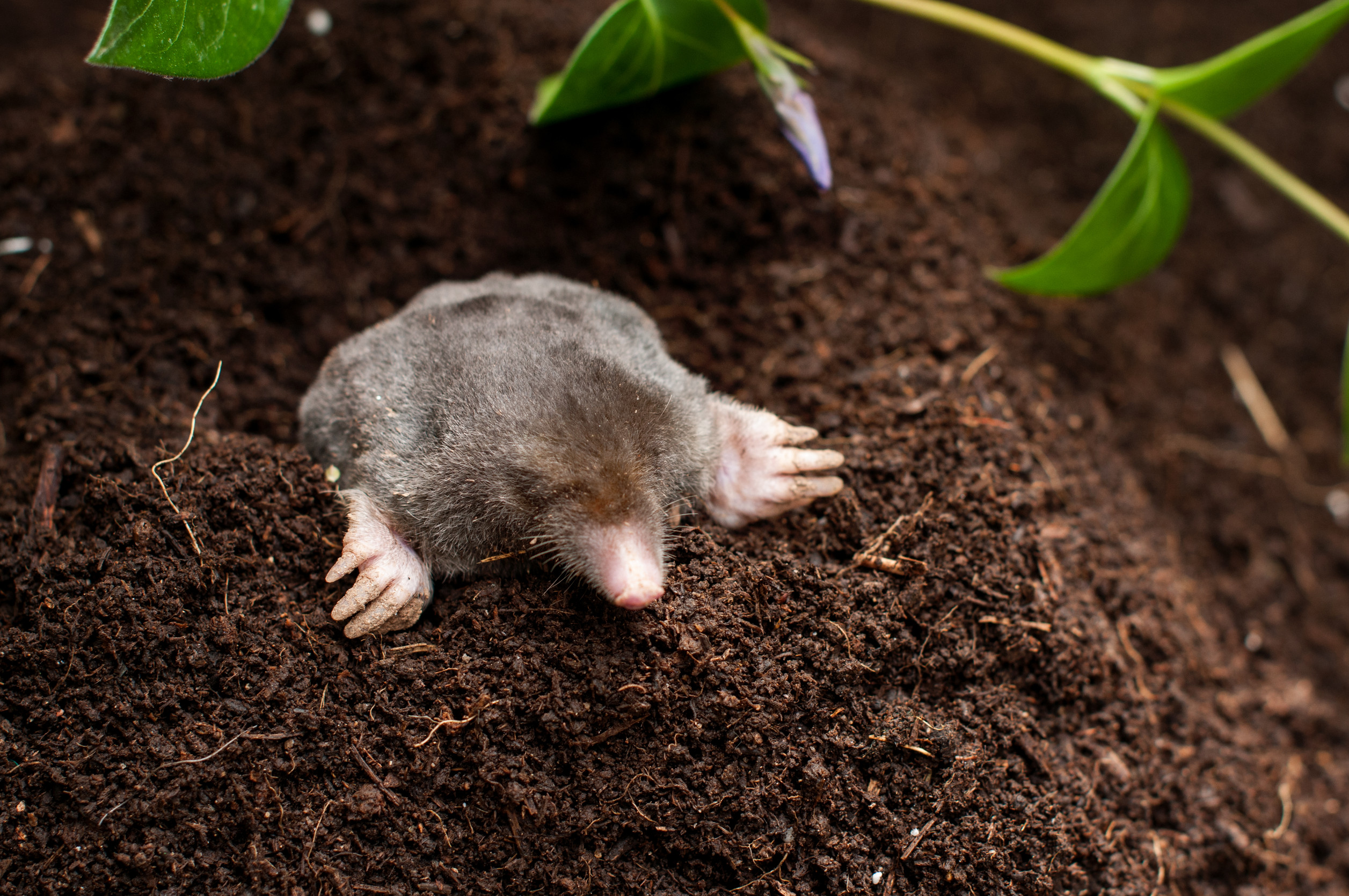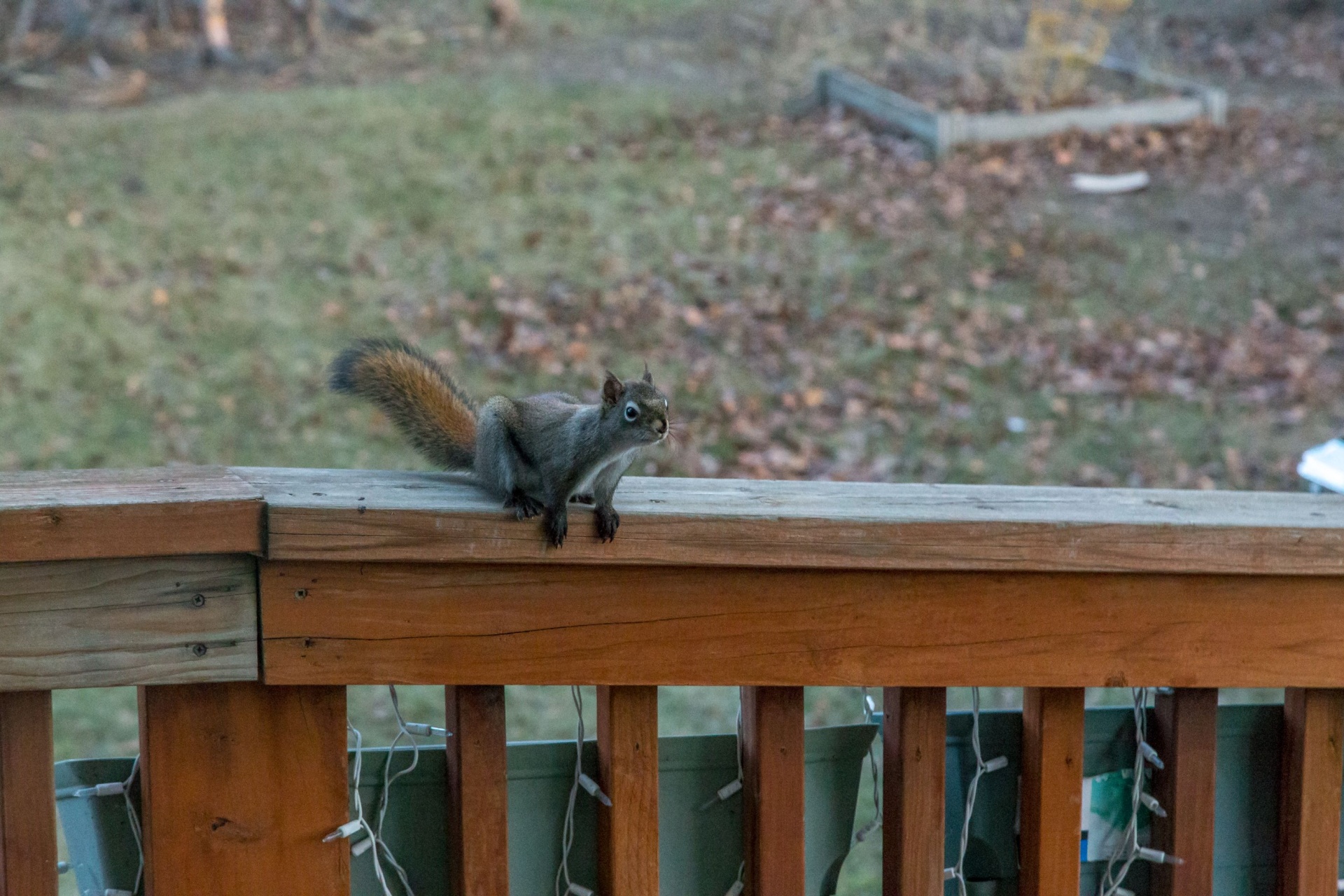A lush, green lawn is a source of pride for many homeowners. However, this inviting landscape can also attract unwelcome guests, and few are as persistent and perplexing as moles. Successfully eliminating these subterranean dwellers requires understanding their behavior and employing effective strategies, as many common quick fixes often fall short. Forget fleeting repellents and tricky homeowner traps – the key is to correctly identify the problem and apply proven methods from the outset.
Recognizing the Signs of Mole Activity
Moles are master excavators, creating intricate networks of tunnels just beneath the soil’s surface. Their presence is often betrayed by raised ridges snaking across the lawn and scattered, dome-shaped mounds of soil. These “molehills,” while distinctive, are temporary and shouldn’t be the sole focus. The active tunnels are the crucial element to address, as molehills are simply temporary exits or ventilation shafts.
Distinguishing Moles from Other Burrowers
Before launching into mole control, it’s essential to confirm that moles are indeed the culprits. Various other animals can disturb your yard. Skunks, opossums, and raccoons may dig in search of food, while chipmunks, Norway rats, and shrews create smaller holes and burrows.
While tunnels and mounds might suggest moles, voles and gophers can cause similar surface disruptions. A key identifier for mole activity is the appearance of rounded mounds lacking a visible entry or exit hole.
- Moles vs. Gophers: Gopher mounds are typically crescent or horseshoe-shaped and feature a clear opening where the animal enters and exits.
- Moles vs. Shrews: Shrews can nibble on garden plants but rarely create extensive tunnel systems and cause minimal lawn damage beyond shallow holes.
- Moles vs. Voles: Both create surface damage, but mole tunnels raise the soil, creating a soft or “squishy” feel underfoot. Vole tunnels, on the other hand, are shallow, winding runways on the surface, often with small entrance holes (1-2 inches in diameter) and grass that appears clipped short along these paths.

Why Moles Choose Your Yard
Moles are drawn to suburban and rural lawns primarily in pursuit of their food source: insects. They thrive where earthworms are abundant, indicating healthy soil, but they also consume grubs and larvae that can themselves damage your lawn. Unfortunately, in their quest for these subterranean snacks, moles tunnel directly through the grass root zone, tearing roots apart. This leads to unsightly patches of dead, brown grass that expand as their foraging continues. While they might consume some lawn pests, the damage they inflict often outweighs this benefit.
Unless you have a sprawling property where isolated damage is inconsequential, managing mole populations is crucial for maintaining a healthy, attractive lawn around your home.
The Potential for Mole Damage
While mole tunnels are less likely to undermine foundations or displace large amounts of soil compared to gopher tunnels, they can still cause significant lawn damage. Extensive tunneling can create voids beneath the surface, potentially leading to soil settling and even minor foundation cracking over time. A single or just a few moles can devastate a lawn within months.
Remarkably, a single mole can excavate up to 160 feet of tunnel in a single night. Given that moles are territorial and properties typically attract only two to three, the potential for rapid and widespread soil disturbance is significant. Early intervention is key to preventing substantial damage to your lawn and the surrounding soil structure.
Why Common Mole Repellents Often Fail
The allure of simple solutions like ultrasonic devices is strong. These devices supposedly emit high-frequency sounds that deter rodents. However, real-world evidence suggests that moles are largely unaffected, perhaps taking a minor detour but not abandoning the area entirely.
Castor oil is another frequently suggested home remedy, with recommendations ranging from surface application to pouring it directly into tunnels. Unfortunately, neither method is likely to significantly deter moles, especially when their preferred food sources are present. Similarly, coffee grounds and dish soap offer little to no deterrent effect.
The fundamental flaw with many DIY approaches, including homeowner-grade traps, lies in the extensive and often hidden nature of mole tunnel systems. Even if a repellent is applied, moles can simply tunnel elsewhere to find undisturbed territory. Only on the smallest properties, perhaps, might repellents have a chance of success if they were truly effective.

Proactive Mole Prevention
Preventing mole infestations is far more effective than trying to eradicate them once established. Installing hardware cloth around areas prone to grub or larvae infestations can create a physical barrier. For instance, surrounding shrubs that attract beetles (and thus their grubs) with mesh can limit mole access to this food source. This exclusion method can also protect garden beds, though it’s a significant undertaking for an entire lawn.
Planting dense borders of marigolds and alliums might offer some benefit in areas with low mole pressure. However, if you observe mole activity on neighboring lawns, it’s a strong indicator that more active control measures will likely be necessary.
Effective Strategies for Mole Control
As long as your yard provides a food source like worms and grubs, new moles may eventually arrive. While eliminating the current inhabitants is essential, it should be coupled with strategies to discourage future activity. The initial step involves identifying all active mole tunnels and strategically placing appropriate traps. Once the existing population is under control, preventing their return becomes more manageable. Consider addressing any underlying grub or larvae infestations in your lawn, being mindful of not deterring beneficial earthworms, which contribute to soil aeration.
Moles can rapidly transform a pristine lawn into a network of unsightly ridges and mounds. Prompt action upon noticing the first signs of their activity – fresh soil mounds or the telltale raised tunnels – is crucial to minimizing damage. Employing proven trapping techniques and considering preventative measures will be your most effective approach to reclaiming your yard.








